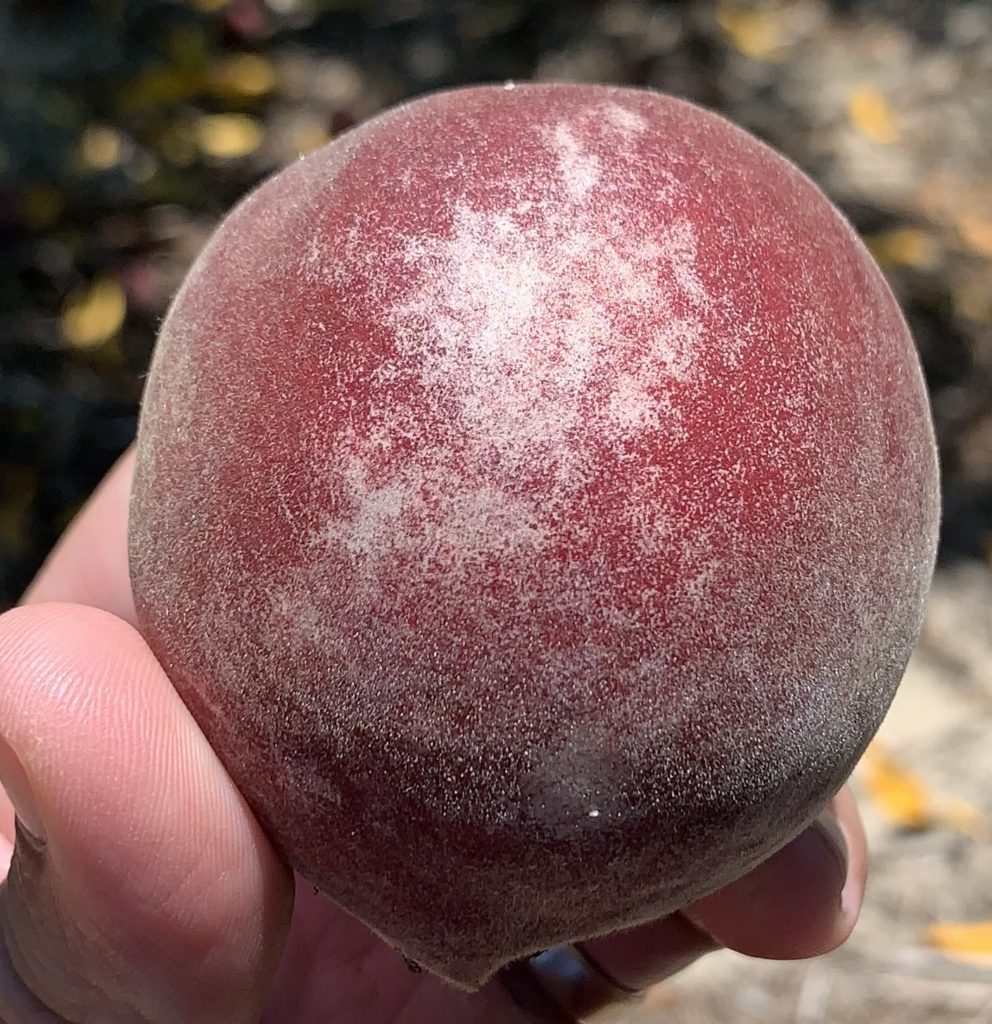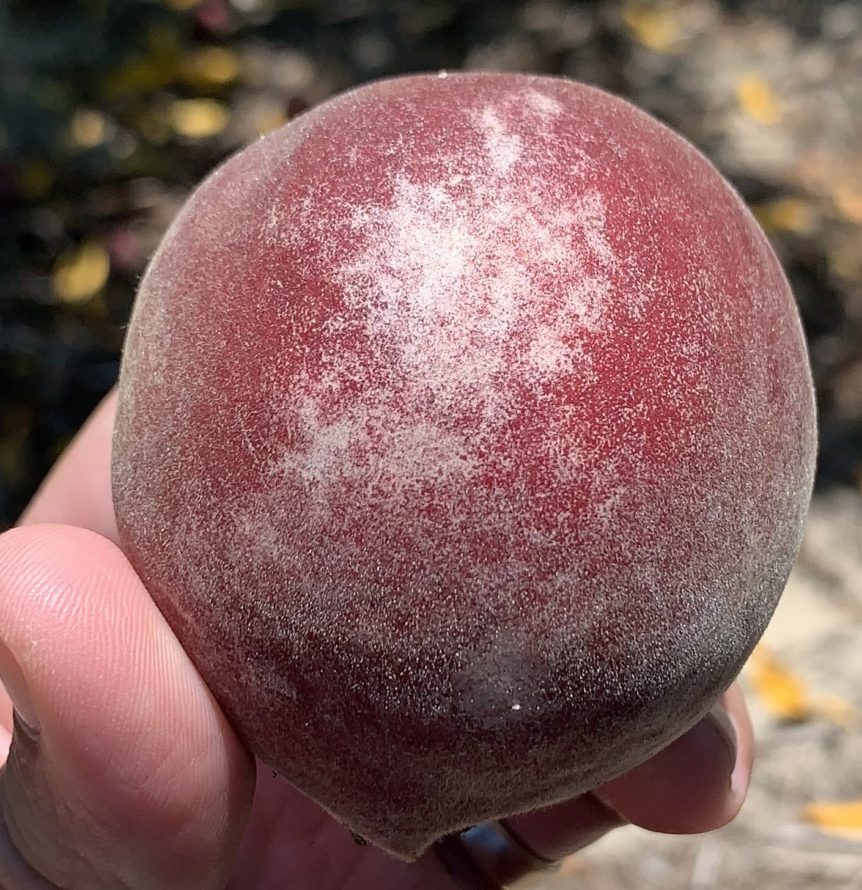By Clint Thompson
A tiny pest is wreaking havoc in some Southeast peach orchards this year. Thrips’ impact is unsettling since management options are limited, explains Brett Blaauw, assistant professor at the University of Georgia (UGA) College of Agricultural and Environmental Sciences.

“We do not have a lot of options for thrips. There is a couple of relatively good materials, the spinosyns, but thrips are really good at developing resistance,” Blaauw said. “This is an issue they have in vegetables and in strawberries. After years of managing, what we used to consider to be good is no longer as effective. That’s what we’re starting to see now with spinosyns. They’re not doing as good of a job as they used to.”
Thrips’ History
Thrips had not had this much of an impact in recent years. Of course, following last year’s minimal crop, this year’s bumper crop has provided more fruit than normal for the insect to feed on.
“In the past, we’ve seen hot spots here and there where we get some damage, but it’s usually relatively minor. This year, the damage we’ve seen is more widespread and just more of the damage, too,” Blaauw said. “Part of the problem is that we just have more fruit this year. It’s a double-edge sword. We’re getting more fruit, but we’re also getting more bugs to feed on it.”
Thrips’ feeding leads to silvering damage on the fruit which makes them unmarketable for growers.
“They feed on the cells of the skin of the fruits. They suck out the juices of the plant cells which takes that nice blush, red and orange coloring and makes it clear. When you get all of these little holes on the fruit, it looks like it’s almost shiny; you call it silvering. All of those little cells have been sucked dry,” Blaauw said. “In terms of actual damage to the flesh, though, there’s no real damage to the fruit. You can eat it just fine. It’s not a problem, but if you look at the skin, it looks funky. Unfortunately, consumers don’t want to buy funky looking fruit.”
Scouting remains key to preventing further damage from occurring. If there are five adult thrips per 50 fruits plus silvering, a chemical treatment may be needed.










